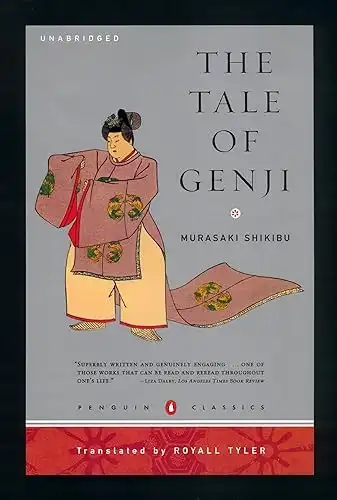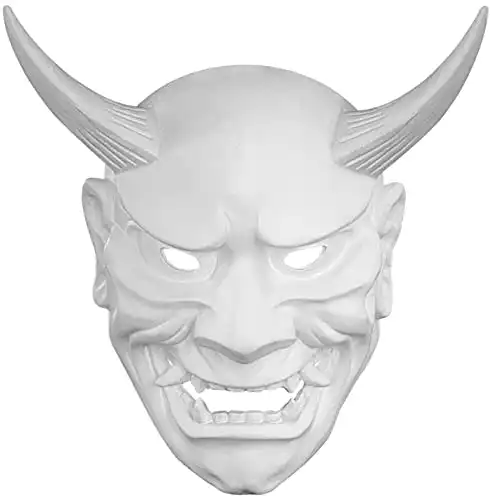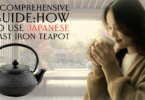The Hannya masks you are familiar with are masks used in the classical Japanese performing art called Noh(能). As a song and performance art, Noh represents human sorrow, anger, nostalgia, and longing for love. These masks play an important role in Noh(能). Today, I would like to pursue what is the Japanese hannya mask meaning hidden in its mysterious expression.
Table of contents
What is Hannya?
Hannya is a Buddhist term derived from the ancient Indian language Sanskrit (Sanskrit) “prajñā” and Pali “pannya”. It means “wisdom of Buddha. Buddha’s wisdom is said to be the enlightenment attained as a result of various practices.

ColBase: 国立博物館所蔵品統合検索システム (Integrated Collections Database of the National Museums, Japan), CC 表示 4.0, リンクによる
However, the meaning is different from that of the Hannya masks used in this Noh play. This mask represents a woman who has become a demon. Therefore, two horns grow from her head and fangs are exposed from her mouth. The pupils of her eyes are dilated, while her eyebrows are furrowed. The complexity of this expression can be seen if we look closely at its appearance. Yes, Hannya represents the dual aspect of a woman who is both sorrowful and angered.
The actor plays the complex emotions of the character by changing the angle from which this aspect is seen.
Understanding the Meaning of the Hannya Mask deeply
This is one of the most famous Noh plays in which Hannya appears.
Based on the Tale of Genji, said to be the oldest story in the world, it is a story about a woman who loves a man so much that she becomes a grudge against his wife. At first, the woman wears a mask called a dorome, which represents a normal woman, but her mask changes as she becomes a demon in the latter half of the story.
Yes, we have all suffered from jealousy regardless of our own reasoning, and we are sad and angry…We lose ourselves. Haven’t we all had such experiences?
Tatoo design for the Hannya Mask
I think the reason you are all familiar with this design is because of the tattoo design.
Many people who include this design like to include this powerful motif. The meaning is a jealous woman, which may not be good.
However, the color of the Hannya has a meaning, and white represents a noble woman of high status. Red represents a woman of lower status, and black is completely turned into a demon, each of which has its own motif and story.
It may be fun to create your own original surface and concept.
Lastly
In this article, I have tried to explain in detail about the Hannya masks.
I would be happy if you take this opportunity to become interested in traditional Japanese culture and classical literature.









